1. 前言
网页布局(layout)是 CSS 的一个重点应用。
布局的传统解决方案,是基于盒状模型,依赖 display 属性 + position 属性 + float 属性。它对于那些特殊布局非常不方便,比如,垂直居中就不容易实现。
2009 年,W3C 提出了一种新的布局方案——Flex 布局,可以简便、完整、响应式地实现各种页面布局。目前,它已得到了所有浏览器的支持(IE 10+)。兼容性可以查看 Can I Use。
2. 简介
Flex 是 Flexible Box 的缩写,意为「弹性布局」,用来为盒状模型提供最大的灵活性。
任何一个容器都可以指定为 Flex 布局。
.box {
display: flex;
}行内元素也可以使用 Flex 布局。
.box {
display: inline-flex;
}Webkit 内核的浏览器,必须加上 -webkit 前缀。
.box {
display: -webkit-flex; /* Safari */
display: flex;
}注意,设置为 Flex 布局后,子元素的 float,clear 和 vertical-align 属性将会失效。
3. 基本概念
采用 Flex 布局的元素,称为 Flex 容器(flex container),简称「容器」。它的所有子元素自动成为容器成员,称为 Flex 项目(flex item),简称「项目」。
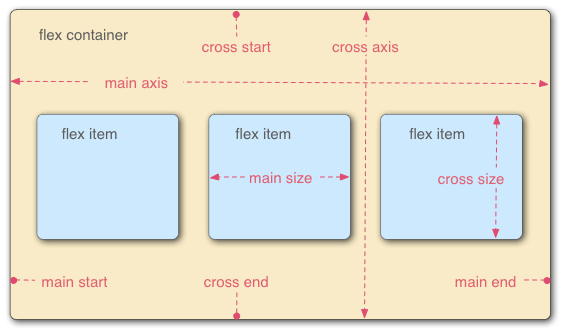
容器默认存在两根轴:水平的主轴(main axis)和垂直的交叉轴(cross axis)。主轴的开始位置(与边框的交叉点)叫做 main start,结束位置叫做 main end;交叉轴的开始叫做 cross start,结束位置叫做 cross end。
项目默认沿主轴排列。单个项目占据的主轴空间叫做 main size,占据的交叉轴空间叫做 cross size。
4. 容器的属性
以下 6 个属性设置在容器上。
flex-directionflex-wrapflex-flowjustify-contentalign-itemsalign-content
4.1 flex-direction
flex-direction 属性决定主轴的方向(即项目的排列方向)。
.box {
flex-direction: row | row-reverse | column | column-reverse;
}
它有 4 个可选值:
row(默认值):主轴为水平方向,起点在左端。row-reverse:主轴为水平方向,起点在右端。column:主轴为垂直方向,起点在上沿。column-reverse:主轴为垂直方向,起点在下沿。
4.2 flex-wrap
默认情况下,项目都排列在一条线(又称「轴线」)上。flex-wrap 属性定义,如果一条轴线排不下,如何换行。
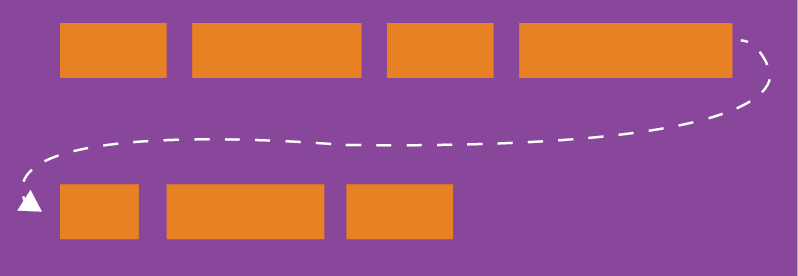
.box {
flex-wrap: nowrap | wrap | wrap-reverse;
}它有 3 个可选值:
nowrap(默认):不换行。

wrap:换行,第一行在上方。

wrap-reverse:换行,第一行在下方。

4.3 flex-flow
flex-flow 属性是 flex-direction 属性和 flex-wrap 属性的简写形式,默认值为 row nowrap。
.box {
flex-flow: <flex-direction> || <flex-wrap>
}4.4 justify-content
justify-content 属性定义了项目在主轴上的对齐方式。
.box {
justify-content: flex-start | flex-end | center | space-between | space-around;
}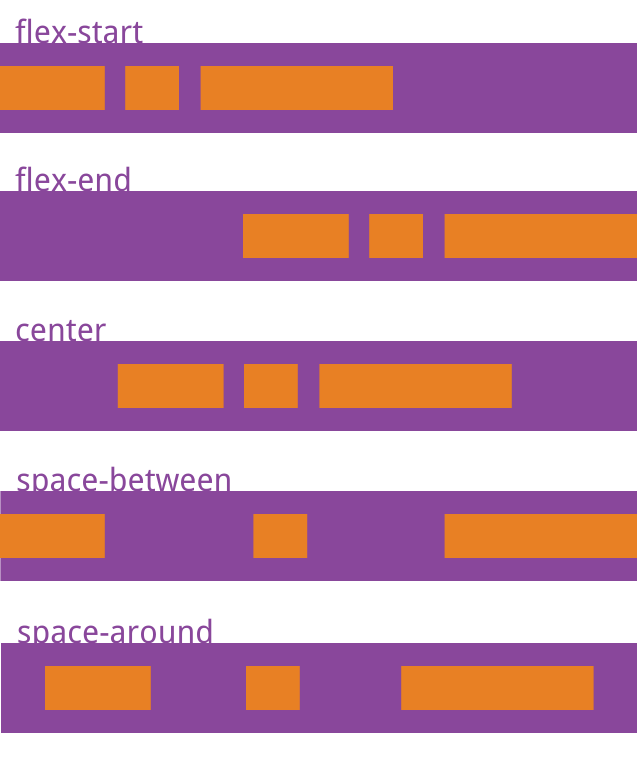
它有 5 个可选值,具体对齐方式与轴的方向有关。下面假设主轴为从左到右。
flex-start(默认值):左对齐flex-end:右对齐center:居中space-between:两端对齐,项目之间的间隔都相等。space-around:每个项目两侧的间隔相等。所以,项目之间的间隔比项目与边框的间隔大一倍。
4.5 align-items
align-items 属性定义项目在交叉轴上如何对齐。
.box {
align-items: flex-start | flex-end | center | baseline | strech;
}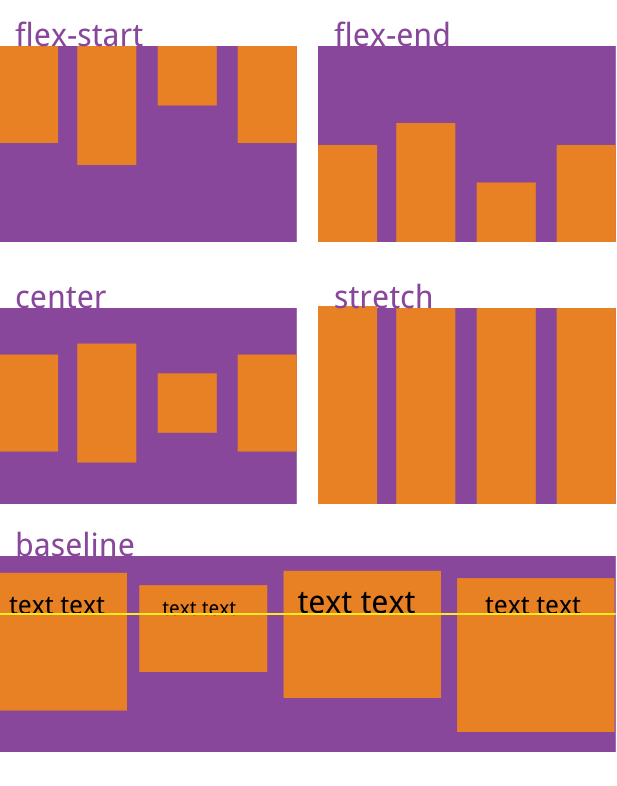
它有 5 个可选值。具体的对齐方式与交叉轴的方向有关,下面假设交叉轴从上到下。
flex-start:交叉轴的起点对齐。flex-end:交叉轴的终点对齐。center:交叉轴的中点对齐。baseline:项目的第一行文字的基线对齐。stretch(默认值):如果项目未设置高度或者设为auto,将占满整个容器的高度。
4.6 align-content
align-content 属性定义了多根轴线的对齐方式。如果项目只有一根轴线,该属性不起作用。
.box {
align-content: flex-start | flex-end | center | space-between | space-around | stretch;
}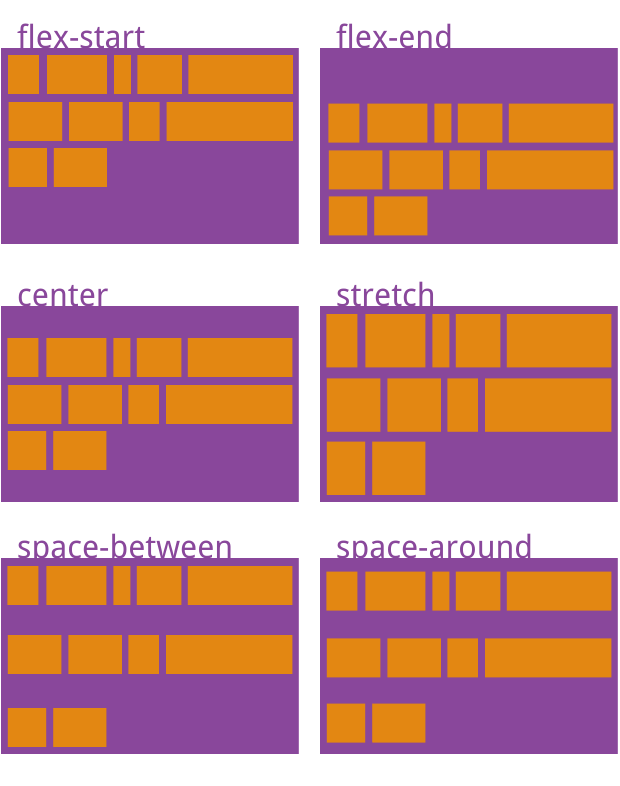
该属性有 6 个可选值。
flex-start:与交叉轴的起点对齐。flex-end:与交叉轴的终点对齐。center:与交叉轴的中点对齐。space-between:与交叉轴两端对齐,轴线之间的间隔平均分布。space-around:每根轴线两侧的间隔都相等。所以,轴线之间的间隔比轴线与边框的间隔大一倍。stretch(默认值):轴线占满整个交叉轴。
5. 项目的属性
以下 6 个属性设置在项目上。
orderflex-growflex-shrinkflex-basisflexalign-self
5.1 order
order 属性定义项目的排列顺序。数值越小,排列越靠前,默认为 0;
.item {
order: <integer>; /* default 0 */
}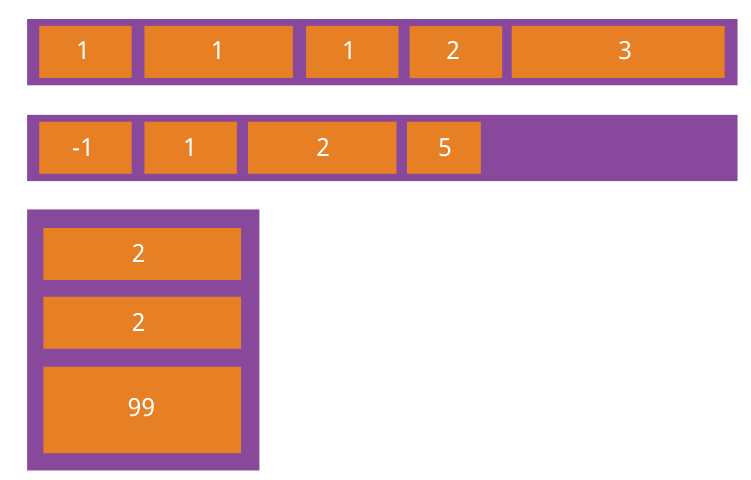
5.2 flex-grow
flex-grow 属性定义项目的放大比例,默认为 0,即如果存在剩余空间,也不放大。
.item {
flex-grow: <number>; /* default 0 */
}
如果所有项目的 flex-grow 属性都为 1,则它们将等分剩余空间(如果有的话)。如果一个项目的 flex-grow 属性为 2,其他项目都为 1,则前者占据的剩余空间将比其他项多一倍。
5.3 flex-shrink
flex-shrink 属性定义了项目的缩小比例,默认是 1,即如果空间不足,该项目将缩小。
.item {
flex-shrink: <number>; /* default 1 */
}
如果所有项目的 flex-shrink 属性都为 1,当空间不足时,都将等比例缩小。如果一个项目的 flex-shrink 属性为 0,其他项目都为 1,则空间不足时,前者不缩小。
负值对该属性无效。
5.4 flex-basis
flex-basis 属性定义了在分配多余空间之前,项目占据的主轴空间(main size)。浏览器根据这个属性,计算主轴是否有多余空间。它的默认值是 auto,即项目的本来大小。
.item {
flex-basis: <length> | auto; /* default auto */
}它可以设为跟 width 或 height 属性一样的值(如 350px),则项目将占据固定空间。
5.5 flex
flex 属性是 flex-grow,flex-shrink 和 flex-basis 的缩写,默认值为 0 1 auto。后两个属性可选。
.item {
flex: none | [<flex-grow> <flex-shrink>? || <flex-basis>]
}该属性有两个快捷值:auto(1 1 auto)和 none(0 0 auto)。
建议优先使用这个属性,而不是单独写三个分离的属性,因为浏览器会推算相关值。
5.6 align-self
align-self 属性允许单个项目有与其他项目不一样的对齐方式,可覆盖 align-items 属性。默认值为 auto,表示继承父元素的 align-items 属性,如果没有父元素,则等同于 stretch。
.item {
align-self: auto | flex-start | flex-end | center | baseline | stretch;
}
该属性有 6 个可选值,除了 auto,其他都与 align-items 属性完全一致。
6. 应用实例
6.1 骰子布局
骰子的一面,最多可以放置 9 个点。
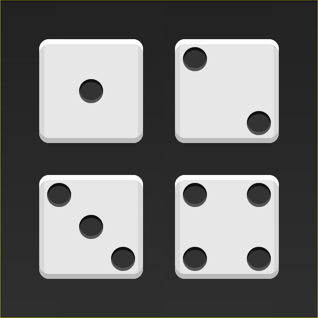
下面,就来看看 Flex 如何实现,从 1 个点到 9 个点的布局。可以在 codepen 上查看 Demo。
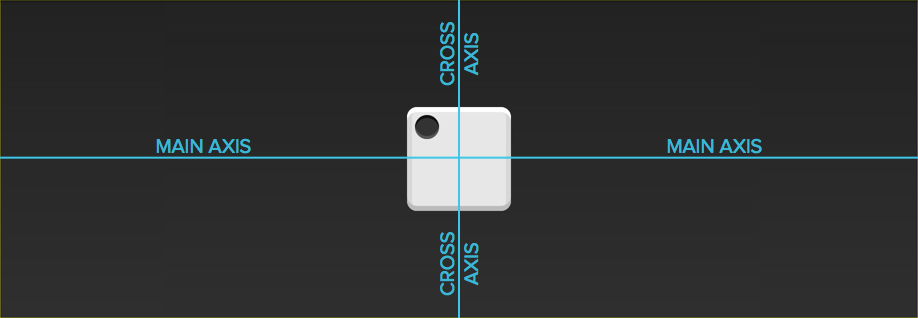
如果不加说明,本节 HTML 模板如下:
<div class="box">
<span class="item"></span>
</div>上面代码中,div 元素(代表骰子的一个面)是 Flex 容器,span 元素(代表一个点)是 Flex 项目。如果有多个项目,就要添加多个 span 元素,以此类推。
6.1.1 单项目
首先,只有左上角 1 个点的情况。Flex 布局默认就是首行左对齐,所以一行代码就够了。
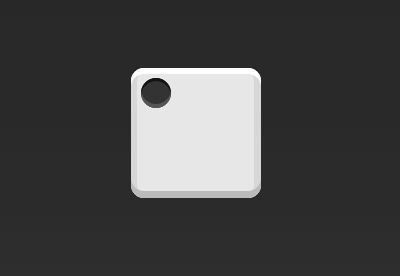
.box {
display: flex;
}设置项目的对齐方式,就能实现居中对齐和右对齐。
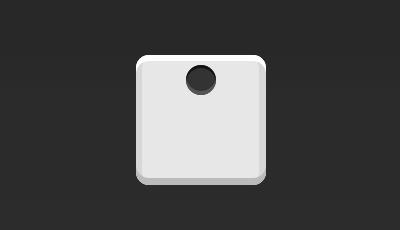
.box {
display: flex;
justify-content: center;
}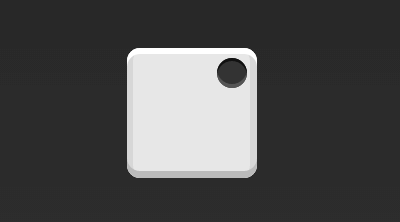
.box {
display: flex;
justify-content: flex-end;
}设置交叉轴对齐方式,可以垂直移动主轴。
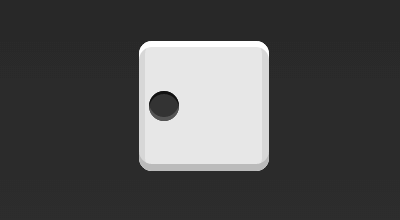
.box {
display: flex;
align-items: center;
}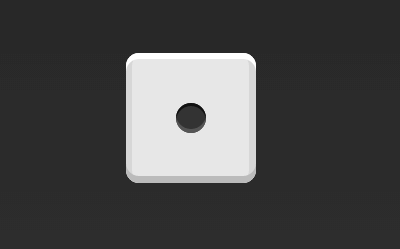
.box {
display: flex;
justify-content: center;
align-items: center
}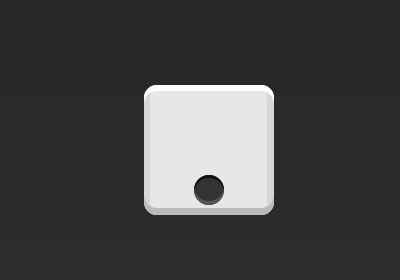
.box {
display: flex;
justify-content: center;
align-items: flex-end;
}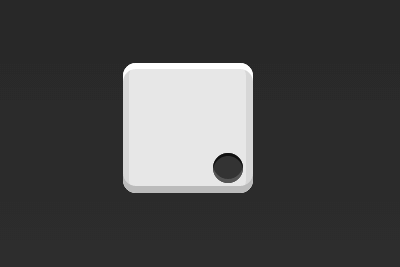
.box {
display: flex;
justify-content: flex-end;
align-items: flex-end;
}6.1.2 双项目
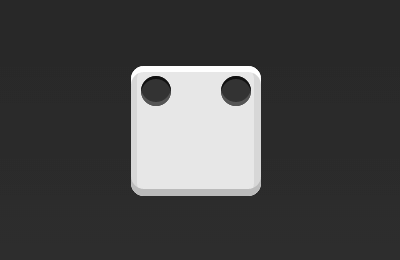
.box {
display: flex;
justify-content: space-between;
}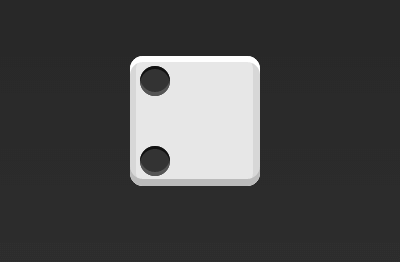
.box {
display: flex;
flex-direction: column;
justify-content: space-between;
}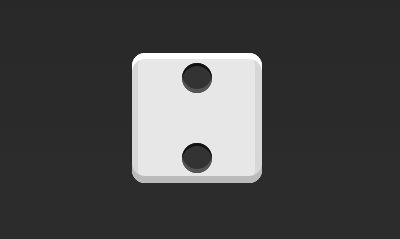
.box {
display: flex;
flex-direction: column;
justify-content: space-between;
align-items: center;
}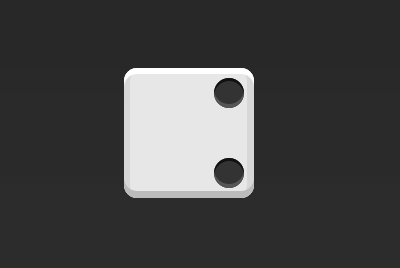
.box {
display: flex;
flex-direction: column;
justify-content: space-between;
align-items: flex-end;
}
.box {
display: flex;
}
.item:nth-child(2) {
align-self: center;
}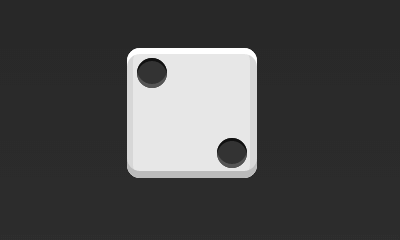
.box {
display: flex;
justify-content: space-between;
}
.item:nth-child(2) {
align-self: flex-end;
}6.1.3 三项目
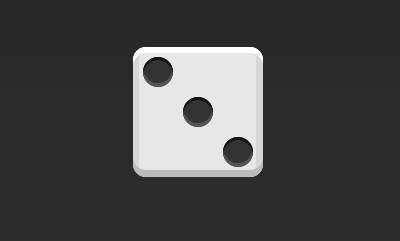
.box {
display: flex;
}
.item:nth-child(2) {
align-self: center;
}
.item:nth-child(3) {
align-self: flex-end;
}6.1.4 四项目
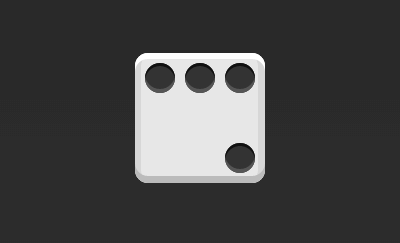
.box {
display: flex;
flex-wrap: wrap;
justify-content: flex-end;
align-content: space-between;
}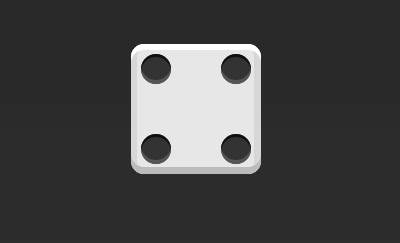
html
<div class="box">
<div class="column">
<span class="item"></span>
<span class="item"></span>
</div>
<div class="column">
<span class="item"></span>
<span class="item"></span>
</div>
</div>css
.box {
display: flex;
flex-wrap: wrap;
align-content: space-between;
}
.column {
flex-basis: 100%;
display: flex;
justify-content: space-between;
}6.1.5 六项目
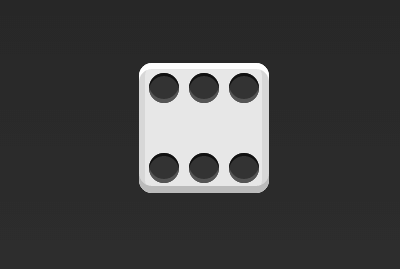
.box {
display: flex;
flex-wrap: wrap;
align-content: space-between;
}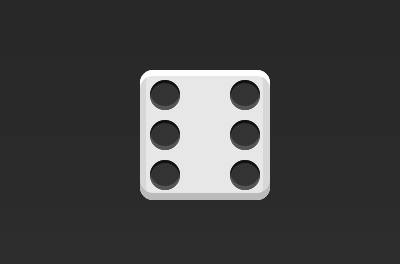
.box {
display: flex;
flex-direction: column;
flex-wrap: wrap;
align-content: space-between;
}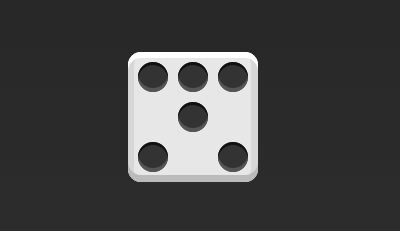
html
<div class="box">
<div class="row">
<span class="item"></span>
<span class="item"></span>
<span class="item"></span>
</div>
<div class="row">
<span class="item"></span>
</div>
<div class="row">
<span class="item"></span>
<span class="item"></span>
</div>
</div>css
.box {
display: flex;
flex-wrap: wrap;
}
.row{
flex-basis: 100%;
display:flex;
}
.row:nth-child(2){
justify-content: center;
}
.row:nth-child(3){
justify-content: space-between;
}6.1.6 九项目
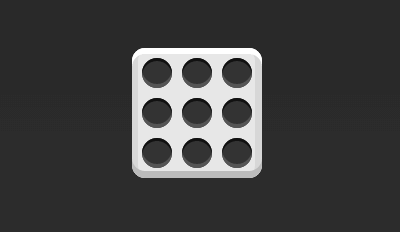
.box {
display: flex;
flex-wrap: wrap;
}6.2 网格布局
6.2.1 基本网格布局
最简单的网格布局,就是平均分布。在容器里面平均分配空间,但需要设置项目的自动缩放。

html
<div class="grid">
<div class="grid-cell">...</div>
<div class="grid-cell">...</div>
<div class="grid-cell">...</div>
</div>css
.grid {
display: flex;
}
.grid-cell {
flex: 1;
}6.2.2 百分比布局
某个网格的宽度为固定的百分比,其余网格平均分配剩余的空间。

html
<div class="grid">
<div class="grid-cell u-1of4">...</div>
<div class="grid-cell">...</div>
<div class="grid-cell u-1of3">...</div>
</div>css
.grid {
display: flex;
}
.grid-cell {
flex: 1;
}
.grid-cell.u-full {
flex: 0 0 100%;
}
.grid-cell.u-1of2 {
flex: 0 0 50%;
}
.grid-cell.u-1of3 {
flex: 0 0 33.3333%;
}
.grid-cell.u-1of4 {
flex: 0 0 25%;
}6.3 圣杯布局
圣杯布局(Holy Grail Layout)指的是一种最常见的网站布局。页面从上到下,分成三个部分:头部(header)、躯干(body)、尾部(footer)。其中躯干又水平分为三栏,从左到右依次为:导航、主栏、副导航栏。
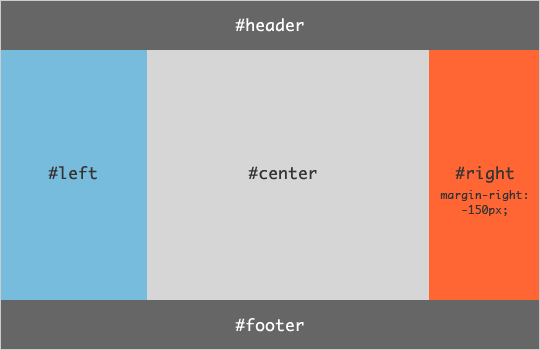
html
<body class="holy-grail">
<header>...</header>
<div class="holy-grail-body">
<main class="holy-grail-content">...</main>
<nav class="holy-grail-nav">...</nav>
<aside class="holy-grail-ads">...</aside>
</div>
<footer>...</footer>
</body>css
.holy-grail {
display: flex;
min-height: 100vh;
flex-direction: column;
}
header,
footer {
flex: 1;
}
.holy-grail-body {
display: flex;
flex: 1;
}
.holy-grail-content {
flex: 1;
}
.holy-grail-nav, .holy-grail-ads {
/* 两个边栏的宽度设为12em */
flex: 0 0 12em;
}
.holy-grail-nav {
/* 导航放到最左边 */
order: -1;
}如果是小屏幕,躯干的三栏自动变成垂直叠加。
@media (max-width: 768px) {
.holy-grail-body {
flex-direction: column;
flex: 1;
}
.holy-grail-nav,
.holy-grail-ads,
.holy-grail-content {
flex: auto;
}
}6.4 输入框的布局
我们常常需要在输入框的前方添加提示,后方添加按钮。
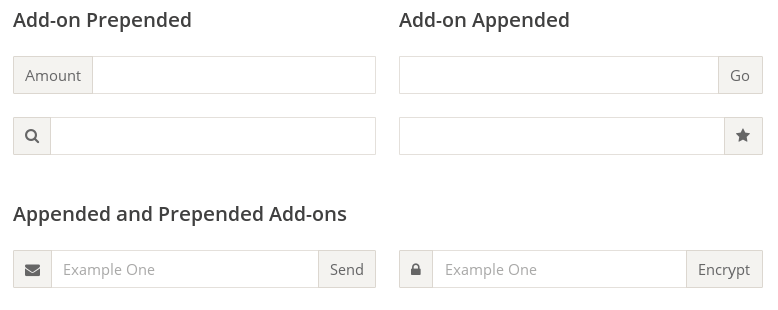
html
<div class="input-add-on">
<span class="input-add-on-item">...</span>
<input class="input-add-on-field">
<button class="input-add-on-item">...</button>
</div>css
.input-add-on {
display: flex;
}
.input-add-on-field {
flex: 1;
}6.5 悬挂式布局
有时候,主栏的左侧或者右侧,需要添加一个图片栏。
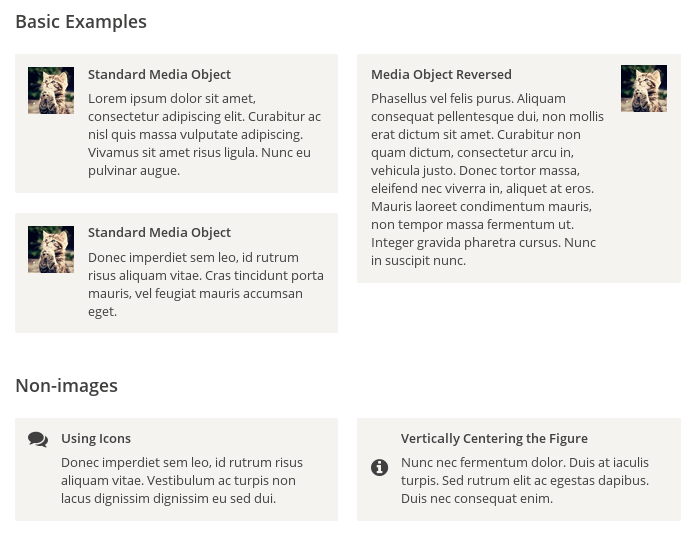
html
<div class="media">
<img class="media-figure" src="" alt="">
<p class="media-body">...</p>
</div>css
.media {
display: flex;
align-items: flex-start;
}
.media-figure {
margin-right: 1em;
}
.media-body {
flex: 1;
}6.6 固定的底栏
有时候,页面内容太少,无法占满一屏的高度,底栏就会抬高到页面的中间。这时可以采用 Flex 布局,让底栏总是出现在页面的底部。
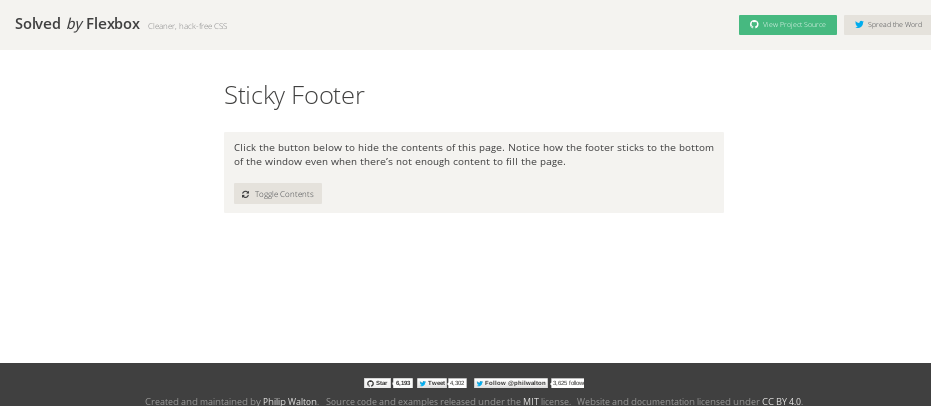
html
<body class="site">
<header>...</header>
<main class="site-content">...</main>
<footer>...</footer>
</body>css
.site {
display: flex;
min-height: 100vh;
flex-direction: column;
}
.site-content {
flex: 1;
}6.7 流式布局
每行的项目数量固定,会自动分行。
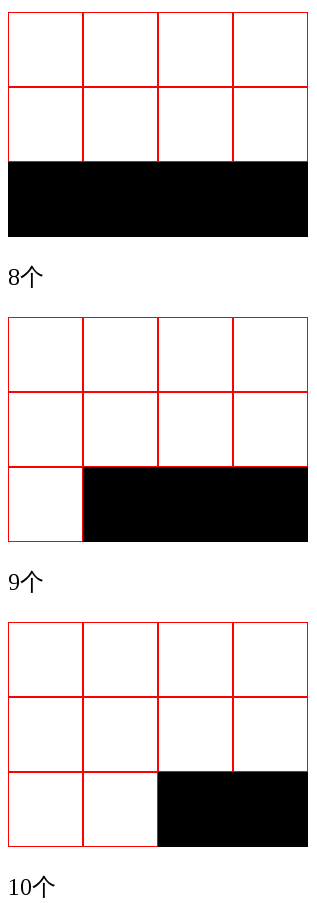
.parent {
width: 200px;
height: 150px;
background-color: black;
display: flex;
flex-flow: row wrap;
align-content: flex-start;
}
.child {
box-sizing: border-box;
background-color: white;
flex: 0 0 25%;
height: 50px;
border: 1px solid red;
}